Please note: Our canvases are printed & drop-shipped by a third party vendor. No expedited shipping, returns, or exchanges.
Mythical Creatures: Loch Ness Monster By Aaron Johnson, Joel Anderson, 2022
-
 Canvas
Canvas
-
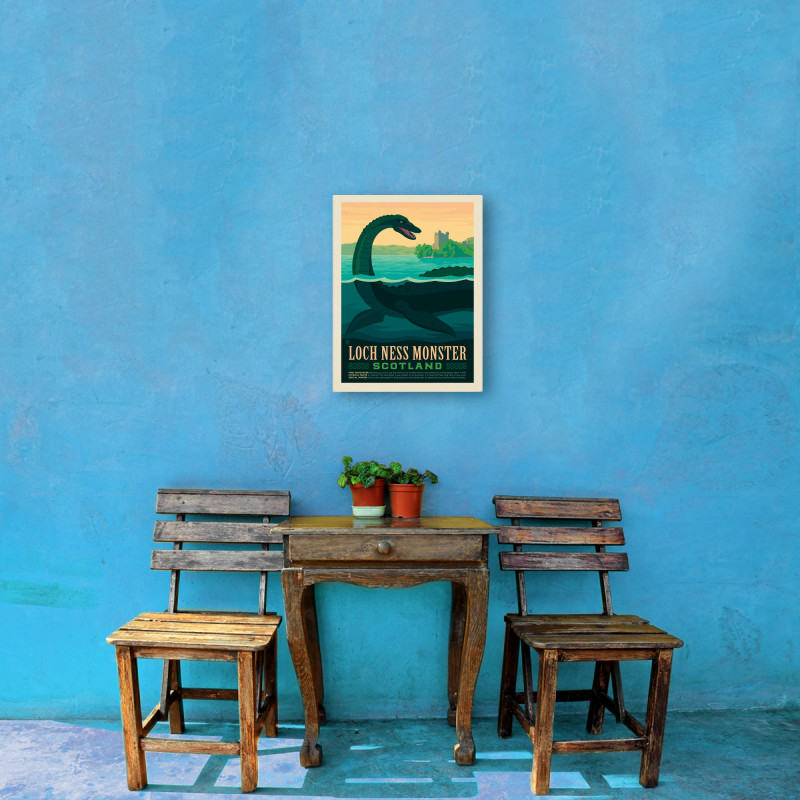 Canvas
Canvas
-
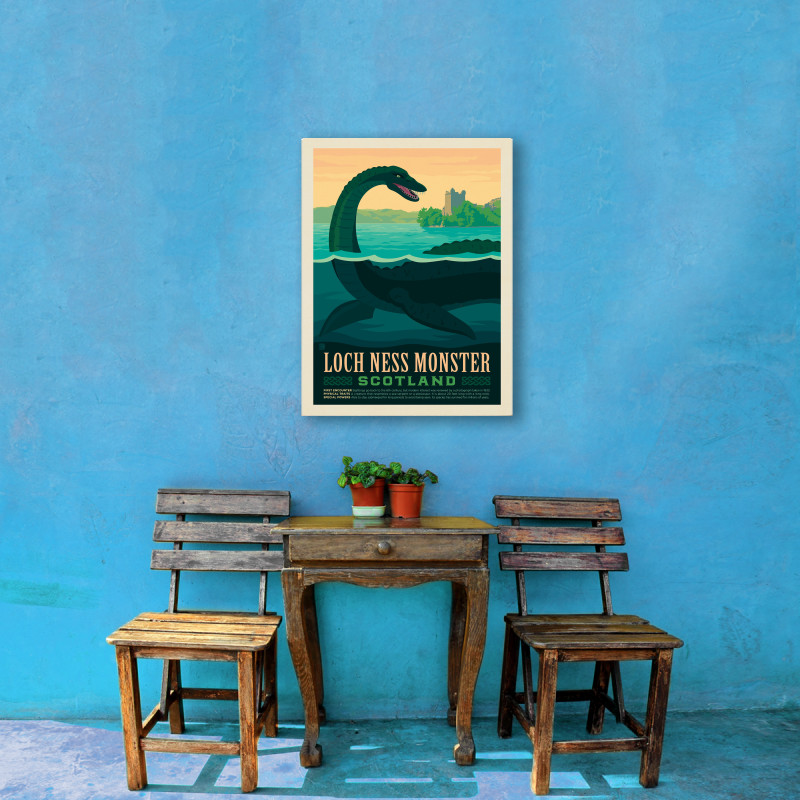 Canvas
Canvas
-
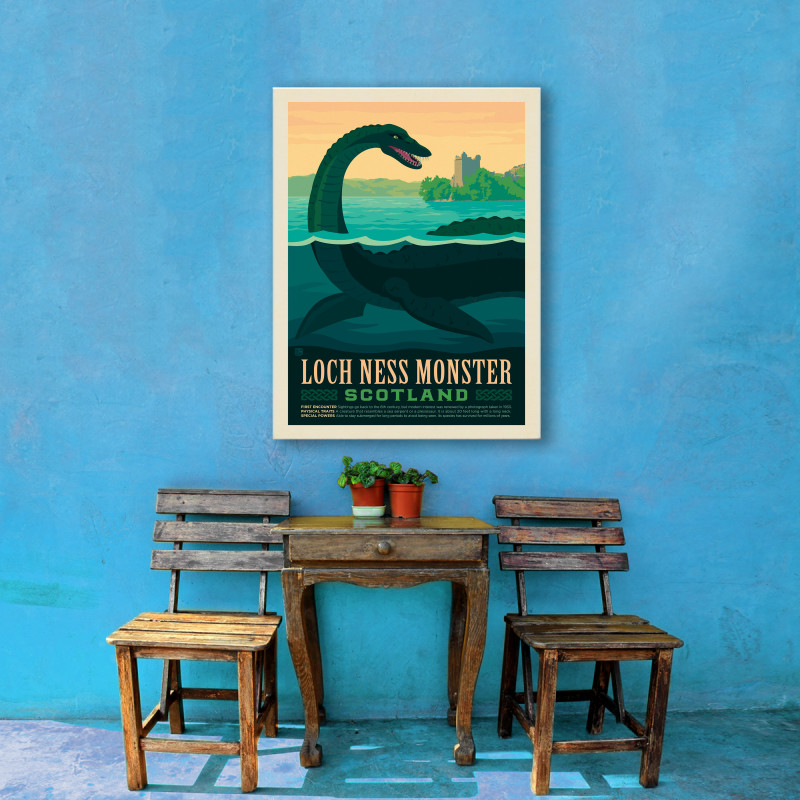 Canvas
Canvas
-
 Canvas
Canvas
-

-
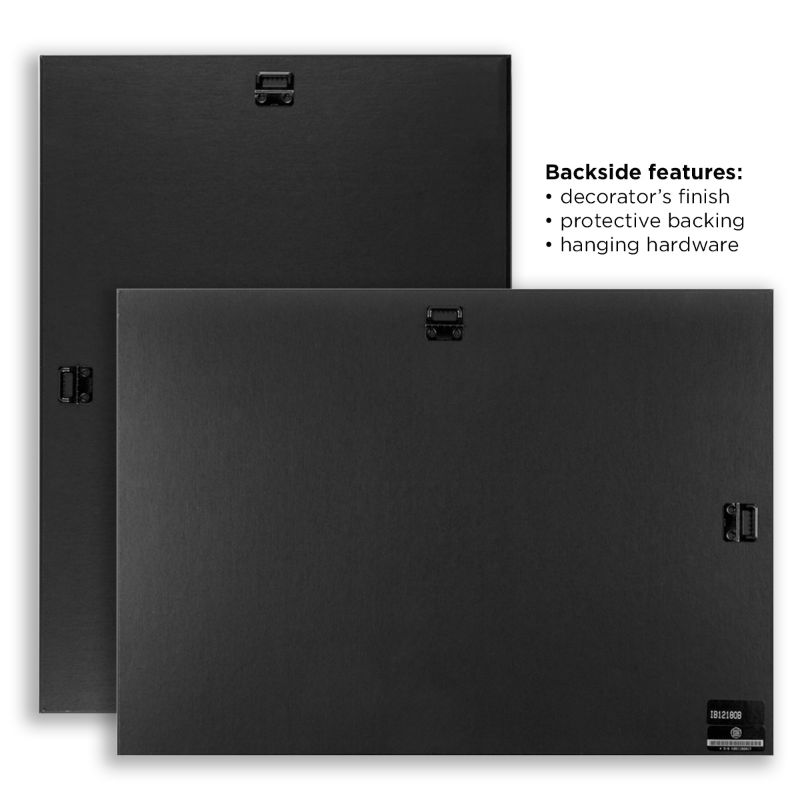
-
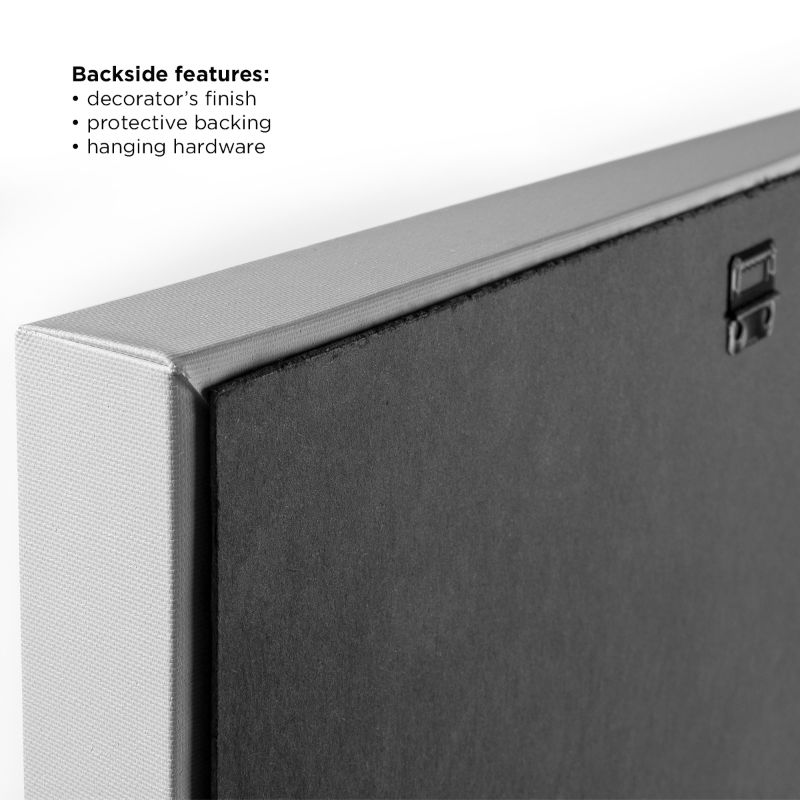
FREE SHIPPING for this item!
Our new Premium Gallery Wrap Canvas is made-to-order by Circle Graphics. It features a patented design with solid-front construction for a longer-lasting canvas and no sagging. Expert custom craftsmanship produces perfect corners with a crisp, clean canvas edge. Printed on high-quality canvas material, this frameless wall decor option looks gorgeous with any of our classic designs printed on it. It comes ready to hang with a protective backing that includes pre-installed hanging hardware. All you need is a hammer and a nail!
The Loch Ness Monster, affectionately known as Nessie, is a creature in Scottish folklore that is said to inhabit Loch Ness in the Scottish Highlands. It is often described as large, long-necked, with one or more humps protruding from the water. Some witnesses say it has a relatively small head but a long mouth with serrated teeth. Popular interest in the creature has varied since it was brought to worldwide attention in the early 20th century thanks to the widespread popularization of film photography. However, sightings of the beast go back as far as the sixth century AD. Evidence of the Loch Ness Monster is almost entirely anecdotal, with several disputed photographs and sonar readings mixed in. Much like Bigfoot, the Yeti, and the Chupacabra, the subculture of cryptozoology has placed particular emphasis on this legendary creature of the Scottish Highlands. Inspired by the folk stories and legends of mysterious creatures and mythical monsters, Anderson Design Group poster artists hand-rendered a vintage-styled poster of Nessie. This classic monster design is available as a poster print, canvas, metal sign, mini-canvas, or as a notecard or postcard. And to learn more about the Loch Ness Monster, be sure to check out this article by the Smithsonian.
Choose a Product
